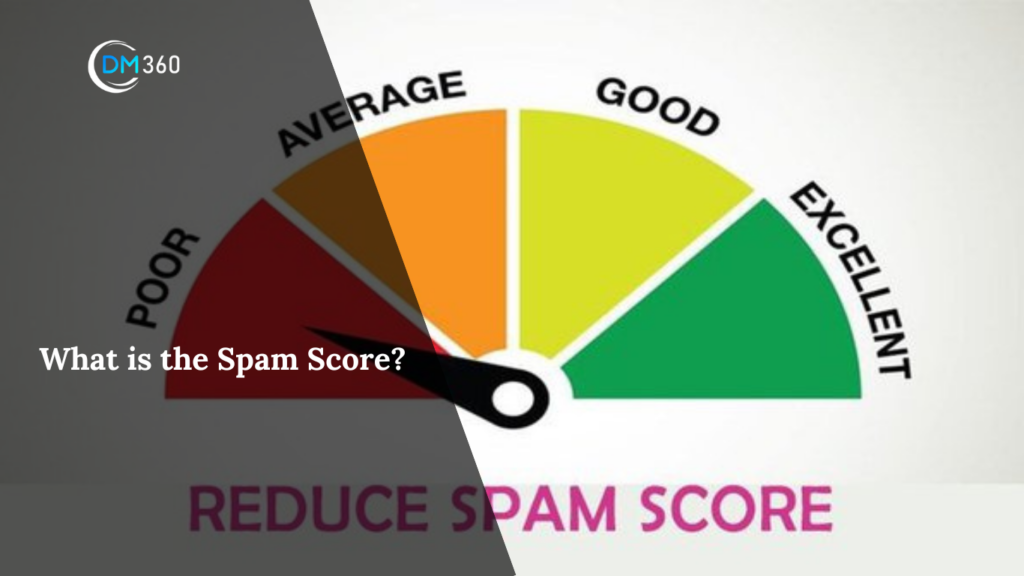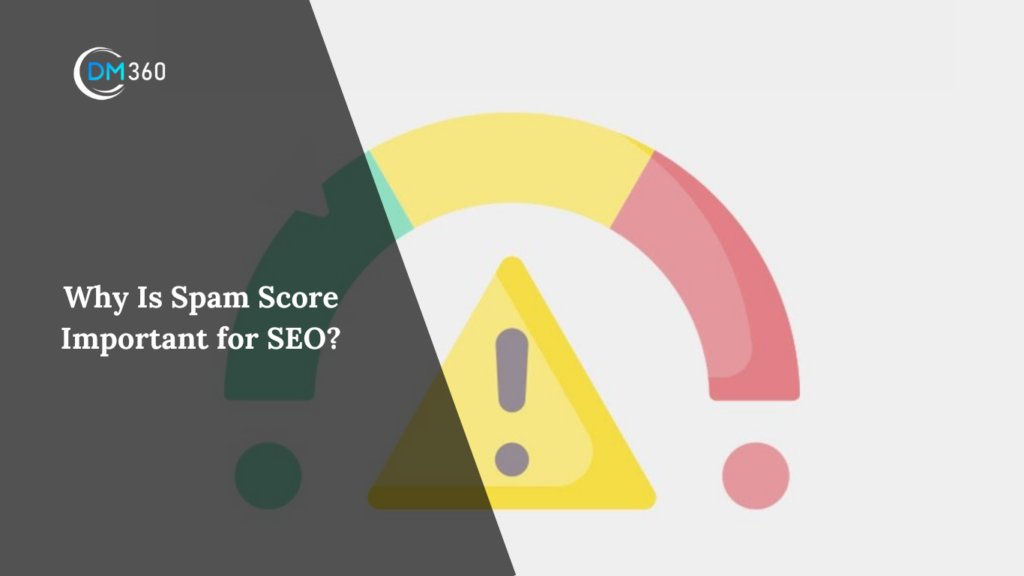Why Spam score is necessary for SEO? – Generally, one spam backlink by itself will do little harm. However, once multiple spam backlinks spread to your site, the results can be disastrous for your rankings. In reality, spam links are one of the greatest contributors to losses in rankings, penalization, and de-indexing by Google. Thus, it’s essential that you prevent them at all costs. To remove these issues first you should know what spam score actually is?
Table of Contents
Toggle
What is the Spam Score?
“As the name specifies, Spam Score is a rating system released by Moz in 2015 that predicts the possibility of subdomain spam on a website.”
Moreover, it consists of 17 spam “flags,” and each flag corresponds to a specific spam indicator as defined by Moz’s research team. And, these flags help you determine whether a subdomain of a backlink pointing to your site is spammy or not.

Why Is Spam Score Important for SEO?
Well, this is a metric you need to be paying attention to, for the reason that it gives you two valuable SEO-related pieces of information:
The spam possibility of your subdomain(s)
The spam possibility of your backlinks’ subdomains
Thus, both of these pieces of info are crucial to creating pages and generating backlinks that will force you to the top of search engines. However, that’s not all Spam Score, does.
Besides, it also gives you the framework for determining the spamminess of individual pages and eventually assists ensure your site isn’t penalized by search engines due to spam.
What Spam Score is used for?
In the modern era, it’s not just a case of webmasters and business owners keeping an eye on their own websites’ Spam Score and leaving it at that. Moreover, in this day and age, digital marketers, bloggers, online content creators, and media-savvy online businesses classically check up on the Spam Scores of websites with whom they are thinking about working or collaborating with previous to actively pursuing the backlink via outreach and partnership initiatives.
More significantly, as a business you wouldn’t want spammy websites linking to you, for fear that they may harmfully affect your site’s backlink portfolio and, afterward, organic visibility should your site be algorithmically penalized by Google or other search engines. Further, nor would you, as a writer, want your work to be associated with such sites, as it could leave you with a bad reputation in the eyes of future collaborators. Unfortunately, the more suspect sites you have in your backlink profile, the larger the odds of your site receiving a Google link penalty for shady link building practices as well.
Apart from this, like most things in the world of SEO, isn’t exactly a perfect science; however, it is a pretty good indicator of how reliable a website is overall. And, scores are color-coded for ease of judgment; sites which score between 0 and 4 are marked in green (low risk), those scored between 5 and 7 are orange (medium risk), whilst those which score 8 and higher than are marked in red (as you can probably guess, this is a bad thing – high risk!). Moreover, not all websites which are marked down as orange, or even red, are actually bad or spammy sites, other than simply an unfortunate victim of circumstances in their own right. On the other hand, such websites should be treated with initial suspicion and examine in detail.
Summing Up
Spam score is an analysis produced by Moz based on a deep study of Google and the rankings of sites in their massive index. Also, they came up with a list of seventeen factors that, if present on a site, were indicators that the site might be penalized as spam. Also, they call these 17 factors their spam flags.
Frequently Asked Questions
What is Spam Score?
The Spam Score is a rating pattern developed by Moz in 2015 to anticipate the probability of subdomain spam on website pages. It includes iconic 17 spam flags. One for each spam indicator picked by researching team of Moz.
Why is Spam Score important for SEO?
Spam Score is crucial for SEO because it gives you the chance to check or verify the chances of spam among the subdomains of your site and your backlinks’ subdomains. Using Spam Score can help you in other methods like avoiding the penalties from search engines and making sure the credibility of your sites backlinks portfolio.
What is Spam Score used for?
Along with the feature of watching your own site’s Spam Score, Spam Score is also used by digital marketers, bloggers and online businesses to zero down on websites they intend to work with or obtain backlinks from in order to ensure reliability. It assists in the development of controlling lists of possibly harmful sites that may negatively affect rankings and reputation.
How accurate is Spam Score?
While Spam Score is not a fail-safe means, it is a good predictor of a website’s overall reputation. Websites with scores from 0-4 are classified as low risk, those with scores from 5-7 are medium risk and those with scores from 8 and higher are rated as high risk. Although this is undoubtedly helpful it is vital to carry out further analysis to figure out exactly who flagged websites in the first place.
How can I improve my website’s Spam Score?
In order to attain a high Spam Score for your website, the quality and appropriateness of your content and the acquisition of legitimate backlinks from reliable sources should be top priorities. Have a periodic backlink audit and get rid of any links from spam or low-quality websites. Besides that, be sure that your own website is in compliance with SEO guidelines and that there are no spammy triggers.







